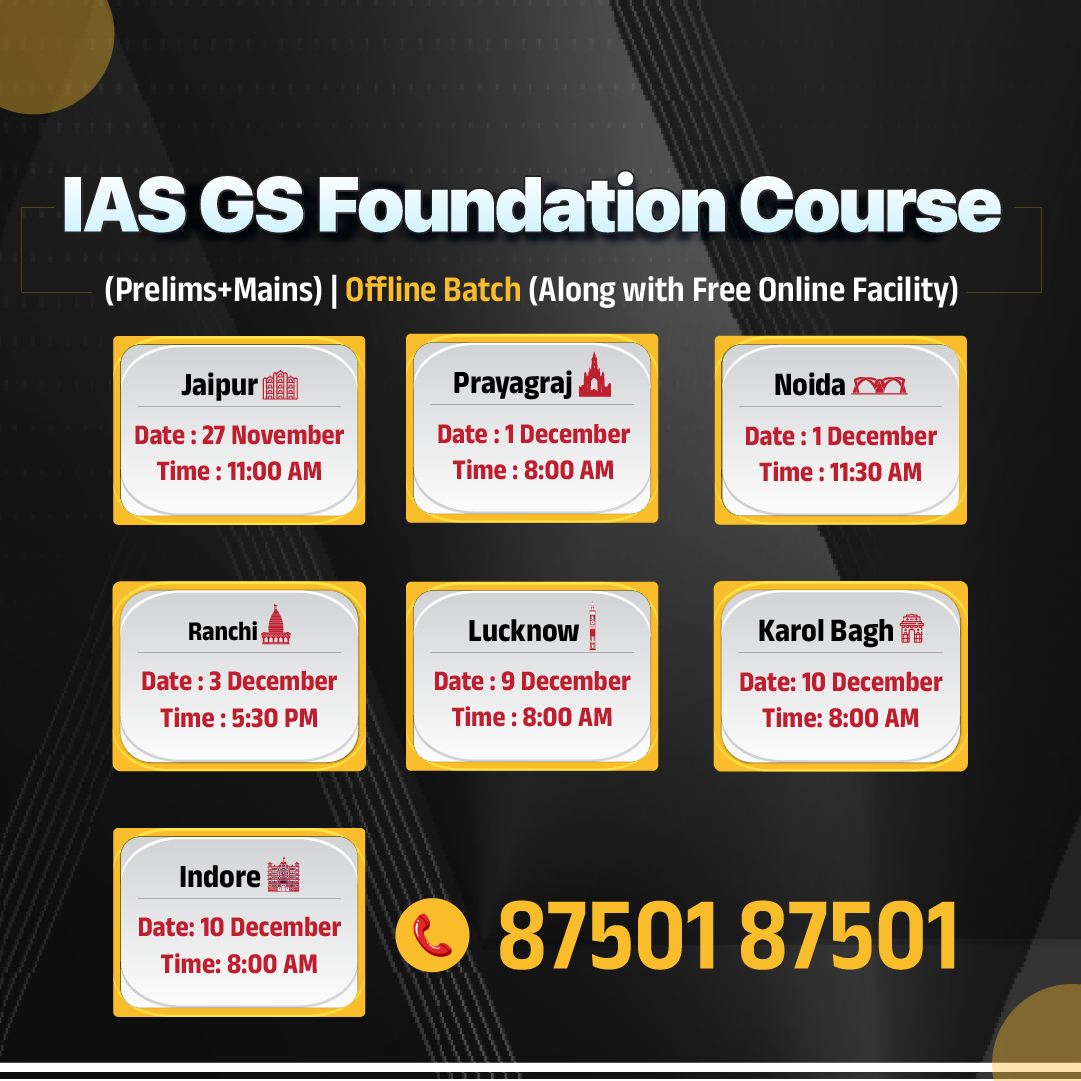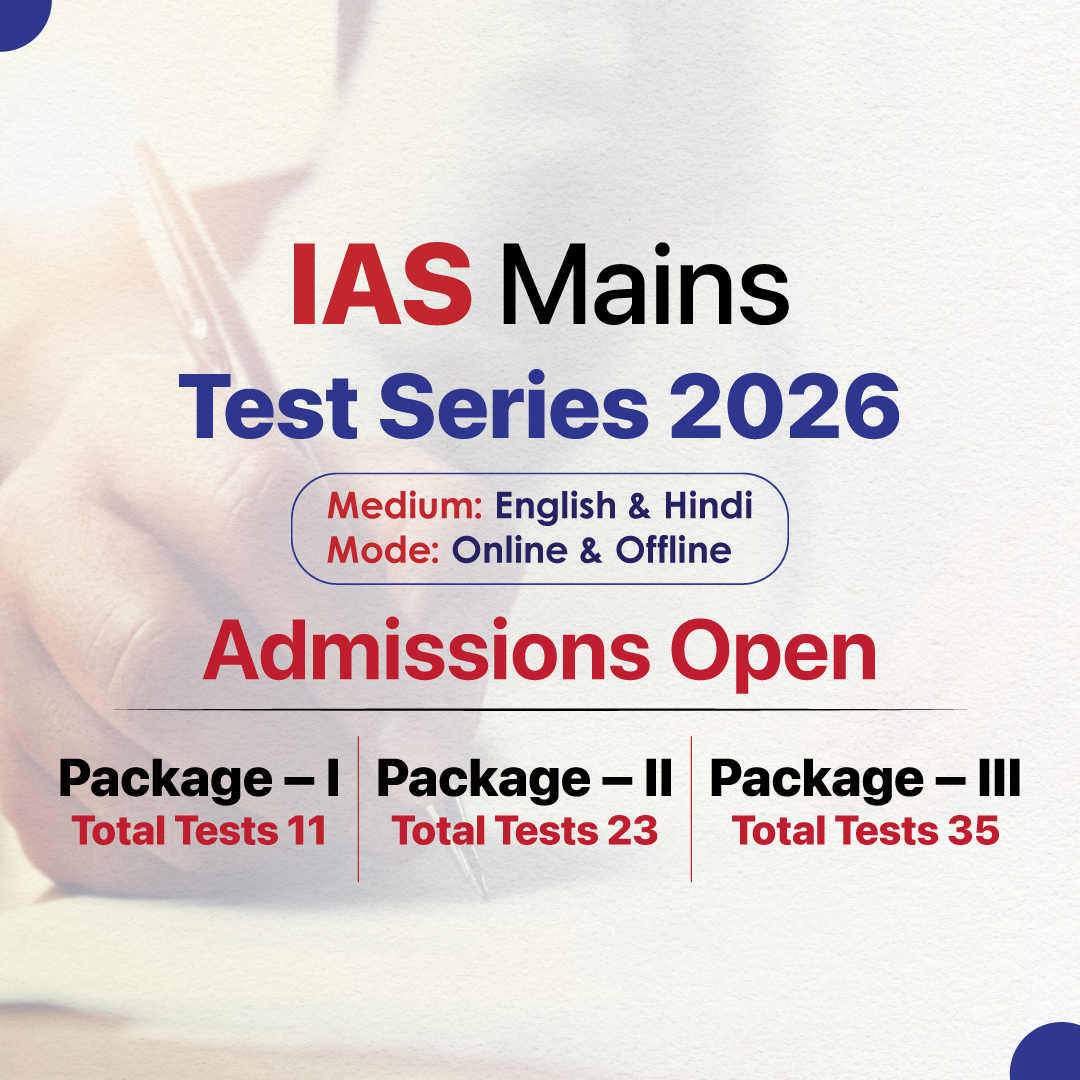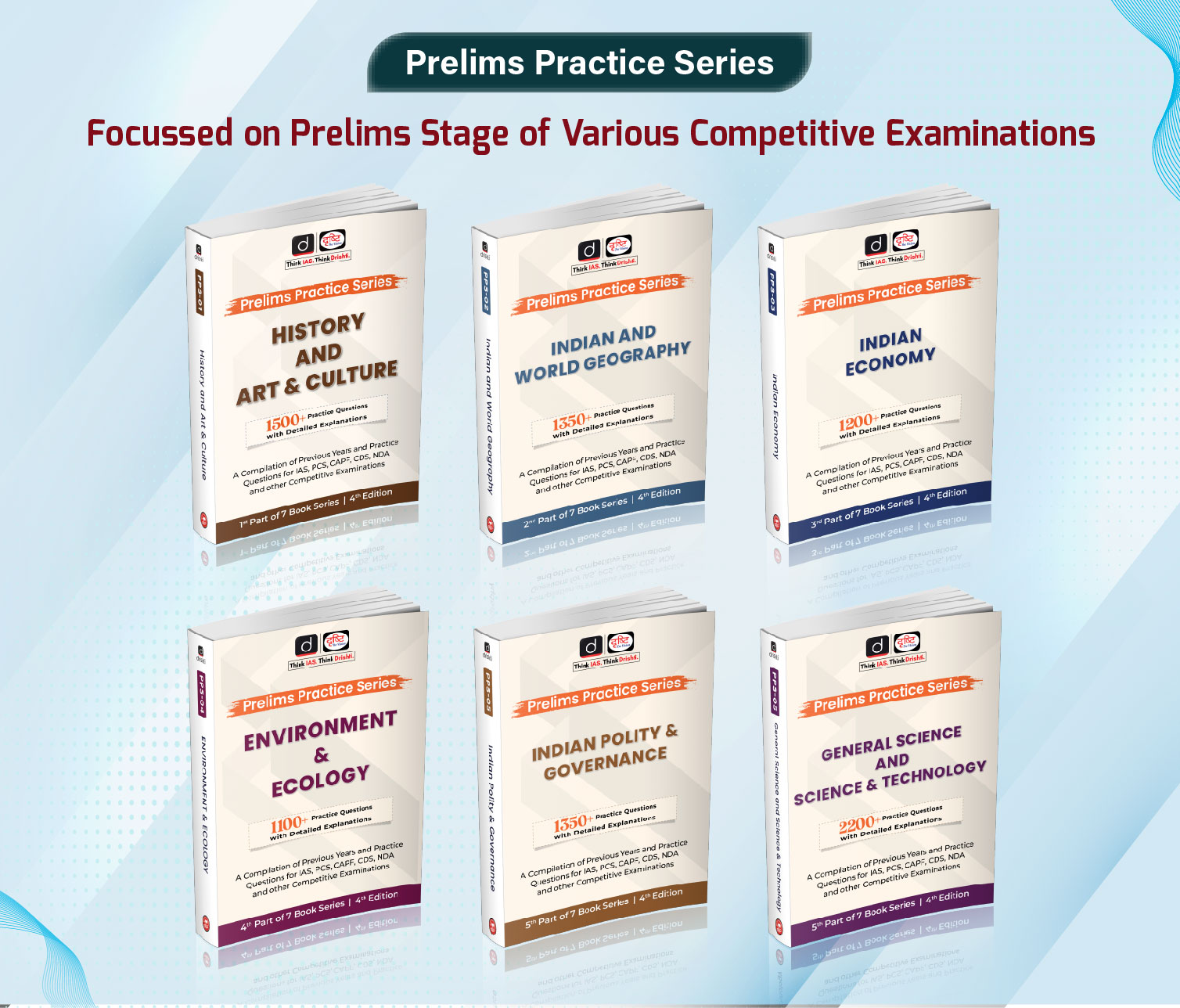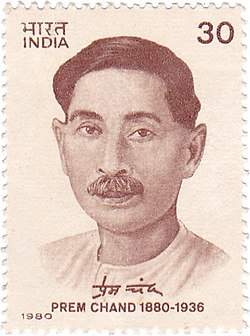Uttarakhand Switch to Hindi
Uttarakhand’s First-Ever Tourist Carrying Capacity Assessment
Why in News?
To safeguard Uttarakhand’s ecologically sensitive hill towns from the growing impact of unregulated tourism, the state government will undertake its first-ever tourist carrying capacity survey in Nainital, Kainchi Dham, and Bhowali, aimed at evaluating the strain on infrastructure caused by overcrowding, excessive vehicular traffic, and overburdened public amenities.
- Earlier, in September 2024, the National Green Tribunal directed the state government to classify Nainital district into prohibited, regulated, and development zones, based on its carrying capacity and environmental sensitivity.
Key Points
- Survey Scope and Expected Outcome: The Uttarakhand Tourism Development Board (UTDB) will conduct the survey during both peak and off-peak seasons, assessing vehicular inflow, tourist footfall, and hospitality capacity, with support from CCTV monitoring.
- Based on the findings, the state may implement a tourist registration system and develop a sustainable roadmap aimed at ecological conservation, traffic management, and infrastructure enhancement.
- Need of Survey: Over 7,500 four-wheelers enter Nainital city daily during peak tourist seasons, translating to nearly 30,000 tourists per day, causing severe pressure on the town’s limited infrastructure.
Carrying Capacity
- About: Carrying capacity refers to the maximum population or activity level that a particular area can sustain without degrading its natural resources and environment. It is determined by both:
- Biotic factors such as vegetation and hydrology.
- Abiotic factors such as terrain and climate.
- Approaches to Assessing Carrying Capacity:
- Planetary Boundaries Approach: This method is used in the context of global environmental challenges, including climate change, land degradation, pollution, and water scarcity. It helps identify safe operating limits for human activity on Earth.
- Biocapacity Overshoot Approach: A sustainability metric that measures the ecological demand humans place on natural systems. It highlights how we consume a year’s worth of ecological resources in just a few months—illustrated by concepts like Earth Overshoot Day.
- Importance: Assessing carrying capacity is essential for balancing environmental sustainability with development needs. When guided by the precautionary principle, it provides a practical framework to resolve conflicts between developmental governance and the long-term sustainability of natural systems.
Uttar Pradesh Switch to Hindi
UP First in India to Use AI for Road Safety
Why in News?
Uttar Pradesh has become the first Indian state to launch an Artificial Intelligence (AI) and Big Data Analytics based Road Safety Pilot Project, approved by the Ministry of Road Transport and Highways (MoRTH).
- The state government has allocated Rs 10 crore in its 2025-26 Budget to develop a 'data-driven administrative model' for the Transport Department.
Key Points
- Project Partners: The pilot project will be executed at no cost by the public sector enterprise ITI Limited, in collaboration with the global technology firm mLogica.
- The Ministry of Road Transport & Highways (MoRTH) holds no financial liability for the project.
- Comprehensive AI Integration: The project will analyse accident reports, weather conditions, vehicle details, driver records, and road infrastructure to identify causes of accidents and detect black spots on highways.
- It will focus on data collection and the creation of a predictive AI model to trace accident patterns and high-risk zones.
- Real-Time Dashboard: A policy dashboard will be developed to monitor vehicle movements, violations, income records, and enforcement data — all in real time.
- Fraud Detection & E-Challan Monitoring: The system will automatically flag fraudulent applications, track vehicle locations, aid in on-the-spot enforcement, and e-challan recovery.
- Wider Integration: Around 5 crore vehicles and 3 crore driving licence holders will be linked to the system.
- AI will be extended to other transport services like faceless issuance of driving licences and permits, application approvals, and document printing.
- Legality of Project: The Ministry also emphasized that the initiative must fully adhere to the Motor Vehicles Act, 1988, the Central Motor Vehicles Rules, 1989, and all road safety standard operating procedures (SOPs).
Uttar Pradesh Switch to Hindi
145th Birth Anniversary of Munshi Premchand
Why in News?
On the eve of Munshi Premchand's 145th birth anniversary, Postmaster General Krishna Kumar Yadav highlighted the deep connection between Premchand and the postal family.
- He also emphasized Premchand’s transition from idealism to realism, which makes his work highly relevant to today’s social environment, particularly in addressing ongoing issues such as poverty, casteism, gender discrimination, and exploitation.
Key Facts About Munshi Premchand
- About: Munshi Premchand, born as Dhanpat Rai Srivastava on 31st July 1880, in Lamhi village near Varanasi, is considered one of the most influential novelists, storywriters, and thinkers in Hindi and Urdu literature.
- After Premchand’s first unsuccessful marriage, he remarried Shivarani Devi (in 1906), a child widow, which was considered a revolutionary act at that time.
- His wife, Shivarani Devi, wrote a memoir titled ‘Premchand Ghar Mein’ after his death.
- Early Life and Education: Premchand was born to Munshi Ajaib Lal (a post office clerk) and Anandi Devi.
- He learned Urdu and Persian early on and attended missionary school for English education. He completed his matriculation in 1898 and went on to earn a B.A. in 1919 from Allahabad University, specializing in English, Persian, and History.
- Career Path: From 1899 to 1921, Premchand worked as a school teacher and a Deputy Sub-Inspector of Schools.
- In 1921, he resigned from government service in response to Gandhi’s non-cooperation movement.
- Literary Career and Pen Names: Initially, he wrote under the pen name ‘Nawab Rai’, a childhood nickname. He later adopted ‘Premchand’ after the British colonial government banned his collection ‘Soz-e-Watan’ in 1910.
- His literary brilliance earned him the title ‘Upanyas Samrat’ (Emperor of Novels) and ‘Magician of the Pen’ from contemporary Hindi writers.
- Major Contributions to Literature: Premchand is considered the pioneer of realism in Hindi and Urdu literature.
- He is known for writing over 300 short stories and 18 novels, most notably ‘Godan,’ ‘Kafan,’ ‘Pus Ki Raat,’ and ‘Panch Parmeshwar’, which resonate even today for their critique of society and human emotion.
- He contributed to leading Hindi and Urdu journals such as ‘Zamana,’ ‘Saraswati,’ ‘Madhuri,’ ‘Maryaada,’ ‘Chaand,’ and ‘Sudha.’ He also edited and published the prominent Hindi newspaper, ‘Jagran,’ and the literary magazine ‘Hans.’
- Premchand purchased Saraswati Press, but it eventually suffered losses and shut down. Later, he moved to Mumbai to write film scripts.
- Modern Recognition: Premchand’s literary legacy continues to thrive, with the Sahitya Akademi Premchand Fellowships established in 2005 to honor his memory.
- Many of his works have been adapted into films, including Satyajit Ray’s ‘Shatranj Ke Khiladi’ (1977). His stories have been translated into numerous Indian and international languages, further cementing his place as a literary icon.
- The period from 1918 to 1936 is regarded as the 'Premchand Era' in the field of Hindi literature, during which his works continued to touch upon themes of social justice, equality, and freedom, remaining relevant even in today’s world.
- The Department of Posts issued a Commemorative Postage Stamp in 1980 to honor his immense contribution to Indian literature and society.
- Final Years and Legacy: Premchand was elected as the first president of the All-India Progressive Writers’ Association in 1936.
- Death: He passed away on 8th October 1936 in Varanasi at the age of 56.
Bihar Switch to Hindi
Bihar's Sitakund Mela Gets Official Management
Why in News?
The Sitakund Mela in Munger, Bihar, one of the state's most revered religious, cultural, and tourist attractions, will now be managed by Bihar State Mela Authority under the Bihar State Fair Authority Act, 2008 to streamline the fair's operations and enhance its significance in the region.
Key Points
- Historic and Cultural Importance: The Sitakund Mela is held annually from Maghi Purnima (late January or February) to Phalgun Purnima (usually March), attracting millions of devotees from Munger and surrounding districts.
- 5,000 foreign tourists also visit the temple annually for worship and tourism.
- Religious Significance of Sitakund: Located on the banks of the Ganga River, Sitakund is believed to be the site where Mata Sita underwent her Agni Pariksha (fire test).
- The place features five sacred kunds (pools), including one that continuously flows with hot water, marking the test of Sita’s purity, and the other four kunds with cold water.
- Mela Management and Development: As part of the Bihar State Mela Authority, the fair will now benefit from better organization, infrastructure, and management.
- The fairs are not only promoting Bihar’s rich cultural heritage but also providing employment opportunities for local communities.
Bihar Switch to Hindi
Bihar to Constitute ‘State Safai Karmachari Commission’
Why in News?
Chief Minister Nitish Kumar announced the formation of the Bihar State Safai Karmachari Commission, which aims to ensure the welfare, protection, and socio-economic upliftment of sanitation workers across the state.
- It will also monitor the implementation of various welfare schemes and work towards ensuring the protection of their rights.
Key Points
- Composition of the Commission: The commission will consist of a chairperson, vice-chairperson, and five members, including a woman and a transgender person.
- This inclusive structure aims to address the concerns of marginalized sections of society engaged in sanitation work.
- Key Functions and Goals: The commission will provide suggestions on the rights and welfare of sanitation workers, advise the government on policy matters, and review and implement welfare schemes designed for their benefit.
- It will also play a key role in integrating sanitation workers into the social and economic mainstream.
- Jurisdiction of Commission: According to an estimate, more than 4 lakh sanitation workers employed in various urban local bodies, panchayats, and other areas across Bihar will be covered under the purview of the commission.
- There are more than 260 urban local bodies in Bihar, including 19 municipal corporations and over 8000 panchayats, where a large number of sanitation workers are engaged in cleanliness campaigns and sanitation works.
Bihar Switch to Hindi
Bihar to Build 3 Dairy Plants, 2 Milk Powder Units
Why in News?
To boost the dairy industry and improve the livelihoods of farmers, Bihar Chief Minister Nitish Kumar announced the establishment of three new dairy plants and two milk powder manufacturing units in the state.
Key Points
- New Dairy Plants and Milk Powder Units: The three dairy plants, with a combined capacity of 5 lakh litres per day, will be established in Darbhanga, Wazirganj (Gaya), and Gopalganj.
- The two milk powder manufacturing plants, each with a capacity of 30 metric tonnes per day, will be set up in Dehri-on-Sone (Rohtas) and Sitamarhi.
- These plants aim to meet the growing demand for milk products and provide employment in local areas.
- Dairy Industry’s Role in Agricultural Growth: The state government emphasized the importance of dairying as a key contributor to the state’s GDP and the need for improved breeds of milch cattle.
- The new dairy units will also help in cooperative extension and improve the quality of milk.
- Finance of Project: The plants will be financed through loans from Small Industries Development Bank of India (SIDBI) and Bihar State Milk Cooperative Federation (COMFED).
Sectoral Contributions in Bihar's GDP
- As per Niti Aayog, Bihar's real GSDP has grown at an average rate of 5.0% between 2012-13 and 2021-22, which is lower than the national average growth rate of 5.6% during the same period.
- Over the past three decades, Bihar's share in nominal terms of the national GDP has decreased from 3.6% in 1990-91 to 2.8% in 2021-22.
- Its nominal per capita income was only 30% of the national per capita income in 2021-22.
- The services sector has the highest share in GSVA (57.1%), followed by agriculture (24.3%), and industry (17.2%).
- The share of the agricultural sector in the total GSVA (nominal) was 24.9% in FY 2021-22.
- Between 2013-14 and 2022-23, the state's service sector, industry, and agriculture grew by 6.4%, 8.6%, and 2.6%, respectively.

.gif)

.png)
















.png)


.jpg)



 PCS Parikshan
PCS Parikshan


